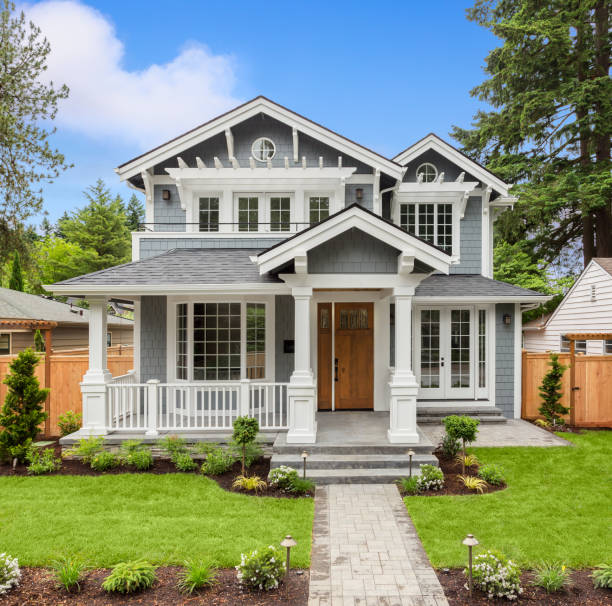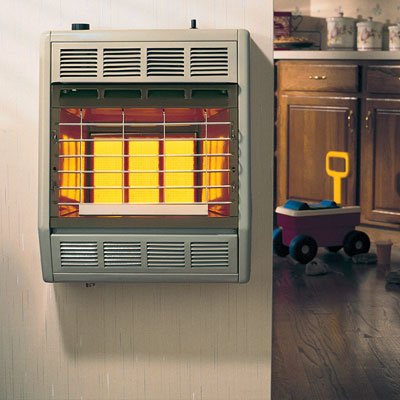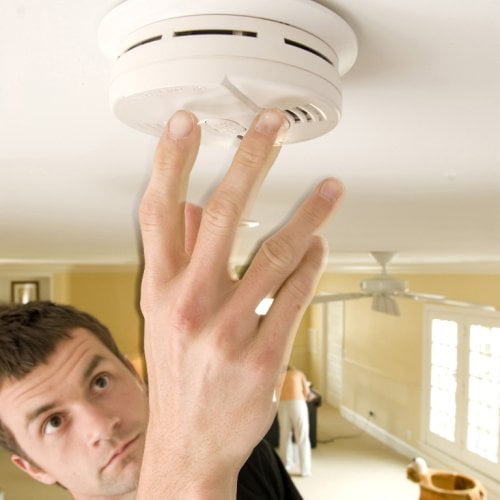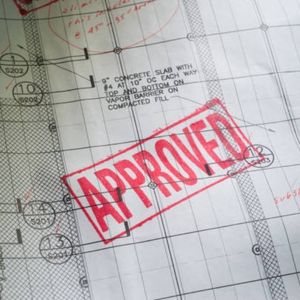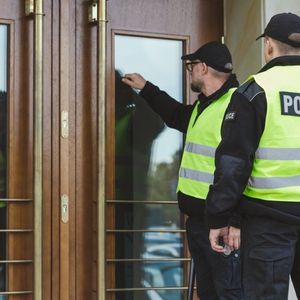The presence of carbon monoxide in your home means that something is producing it. It means that there is something in your home that is generating carbon monoxide. Therefore, anytime your carbon monoxide detector goes off, something in the house may have produced excessive carbon monoxide which the detector picked.
Since carbon monoxide is an odorless gas that is formed by the incomplete combustion of fuels such as wood, coal, propane, and natural gas, you need to be on the lookout for a carbon monoxide leak in the house especially when any of the aforementioned appliances are in use. Therefore, where does carbon monoxide come from in the home?
Carbon monoxide in homes comes from devices that burn fuel such as:
- Furnaces
- Stoves and kitchen ranges
- Grills
- Fireplaces
- Cars, RVs, and other vehicles
- Tobacco smoke
- Dryers
- Water heaters
- propane heaters, and space heaters
- Portable generators
Table of Contents
Where Does Carbon Monoxide Come From in the Home?
The places carbon monoxide comes from in the home are:
1. The Furnaces
This is one of the major places in the house where carbon monoxide can come from, meaning that furnaces are the major causes of carbon monoxide in the home.
If the furnace is left for a long time without being cleaned, it may trigger the excessive production of carbon monoxide.
That is why it’s good to place a carbon monoxide detector near the furnace to alert you when it starts giving off too much carbon monoxide that can be harmful to human health.
2. Stoves and Kitchen Ranges
This is another cause of carbon monoxide in the home. It is true that propane stoves are safe for indoor use, they can however produce carbon monoxide in the house if the owner uses it without enough ventilation and caution.
This is mostly seen by people whose kitchens are enclosed. If your kitchen is in an enclosed room, you need to open the doors and window anytime you are cooking for enough ventilation inside the house else your home is going to be full of carbon monoxide.
Also, when these stoves are being used in a condition that is not good, they tend to produce more carbon monoxide than usual.
Always ensure that your propane stoves or gas cooker are in good condition. It is supposed to be producing blue flames and not yellow or orange flames.
If you notice that your stove is suddenly producing orange flames while it works, it means that something is wrong with the cooker. Do not continue using the stove like that, call a technician to come to check what the problem is and rectify it immediately.
3. Charcoal Grills
One thing that people don’t know is that outdoor grills are not meant to be used indoors or in enclosed spaces. That is the reason why people keep making the mistake and suffering from carbon monoxide poisoning without even knowing.
If you want to use a grill, do not use it inside your house or any enclosed space. Use it outside the house where there is more than enough ventilation to dilute the amount of carbon monoxide it produces.
4. Fireplaces
Fireplaces are one of the ways to heat a home during the cold seasons. With that being said, the fireplace is another source of carbon monoxide in the home.
While the fireplace is in use, it produces smoke that may accumulate in the house if there is not enough ventilation causing carbon monoxide poisoning.
Therefore, the best thing to do when your fireplace is in use is to open your flue. You can open the window to stop the carbon monoxide from forming.
5. Cars, RVs and other Vehicles
Cars, RVs, and other vehicles are an agent of carbon monoxide in homes. They produce huge amounts of carbon monoxide that can even kill if the person is not exposed to fresh air immediately.
With that being said, anytime you are working in your garage and your car engine is on, ensure that the garage door and windows are open for enough ventilation inside the garage.
If you are working in your garage during the winter season and while using a garage propane heater to heat your garage while your car engine is on, ensure to open the garage door or window for ventilation while using the heater to avoid suffocating while working on your car
Also, if your car is parked outside the house while the engine is running, do not pack the car in a way the exhaust pipe is faced towards the house. This is to prevent direct access of some carbon monoxide inside the house from the exhaust pipe. Please take note of this.
6. Tobacco Smoke
For those that smoke, smoking in your room when the windows are doors are locked is very bad. It can lead to the accumulation of carbon monoxide if you smoke for a very long time which may lead to carbon monoxide poisoning.
Therefore, anytime you want to smoke so hard, ensure that fresh air is entering the room. I remember the day I went to my neighbor’s house back then, I couldn’t stay inside their living room because of the smoke. It was so bad that I had to run outside. The windows and doors were both closed while they were busy smoking so hard.
They had to open the window for fresh air before I was able to enter the room again. You are always doing yourself a huge thing by smoking. Therefore if you are going to smoke inside your home, ensure there is ventilation.
7. Dryers
This is one of the appliances used at home that can produce carbon monoxide if used without enough ventilation and caution. Therefore, when using dryers in your laundry room, ensure that your exhaust fan is on. If you don’t have an exhaust fan in your laundry room, then open the windows for ventilation.
8. Water Heaters, Propane Heaters, and Space Heaters
These are other appliances at home that are known to produce huge amounts of carbon monoxide if not properly used. Anytime any of these appliances are in use, ensure there is enough ventilation in the house.
If possible install as many carbon monoxide detectors in some strategic places in your house to alert you when these appliances begin to produce carbon monoxide that can affect human health.
9. Portable Generators
Portable generators are the manager of carbon monoxide in the house. It produces the same amount of carbon monoxide a car would produce when the engine is on which can be very fatal.
I know a man who a portable generator smoke killed. The smoke killed him and his three friends while they were sleeping in the night. They had left the generator on while sleeping. The generator smoke managed to enter the room where they all lay and killed them.
So please anytime your portable generator is in use, take it far away from your home. Do not let the generator be close to your room.
How to Stop These Appliances from Producing CO in the Home?
You cannot stop any of these appliances from producing carbon monoxide when used in the home but you can prevent them from producing exessive carbon monoxide that can be detrimental to human health by using these appliances with caution, allowing enough ventilation while these appliances are in use, and by installing carbon monoxide detectors in some strategic places in your home.
Final Thoughts
If you feel the presence of carbon monoxide in your home, call the fire department to come to check your house. Do not continue staying in a house filled with carbon monoxide to avoid getting carbon monoxide poisoning that can lead to death. Also, while using any products that produce carbon monoxide, ensure there’s enough ventilation in the house and use it with caution.

